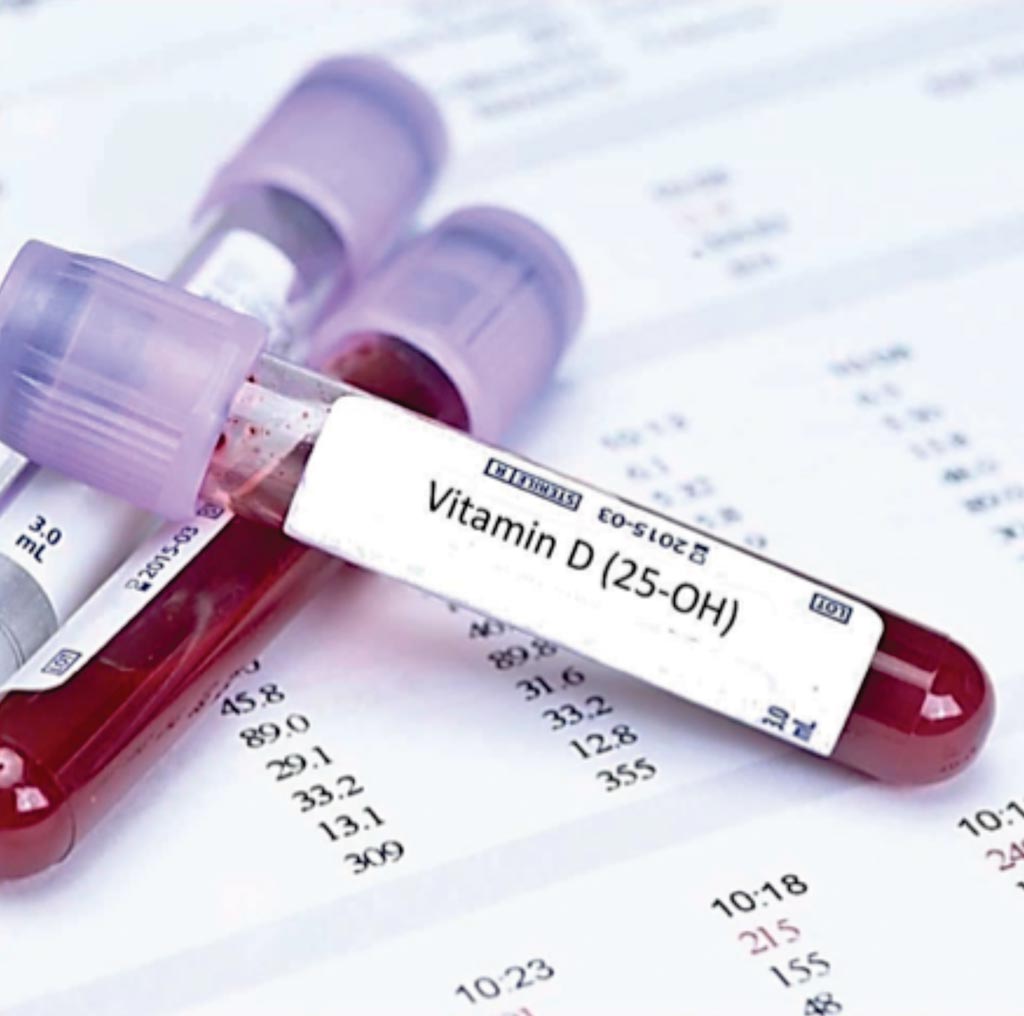Insufficient Vitamin D Linked to Miscarriage with Prior Loss
By LabMedica International staff writers
Posted on 15 Jun 2018
Vitamin D deficiency during pregnancy is associated with adverse pregnancy outcomes, although the association between preconception vitamin D concentrations and live birth is unknown.Posted on 15 Jun 2018
Among women planning to conceive after a pregnancy loss, those who had sufficient levels of vitamin D were more likely to become pregnant and have a live birth, compared to women with insufficient levels of the vitamin.

Image: A blood test for vitamin D; insufficiency is linked to miscarriage among women with prior pregnancy loss (Photo courtesy of Blood Tests London).
Scientists from various institutions collaborated with the Eunice Kennedy Shriver National Institute of Child Health (Bethesda, MD, USA) carried out a secondary analysis of a prospective cohort from the block-randomized, double-blind, placebo-controlled Effects of Aspirin in Gestation and Reproduction (EAGeR) trial. Women aged 18 to 40 years with one to two previous pregnancy losses were recruited from June 15, 2007, to July 15, 2011, at four clinical sites in the USA and followed up for up to six menstrual cycles while attempting pregnancy and throughout pregnancy if they conceived. Serum 25-hydroxyvitamin D was measured at baseline (preconception) and eight weeks of gestation. The team defined a vitamin D level of below 75 nmol/L as insufficient.
Of the 1,191 women who had available data on preconception 25-hydroxyvitamin D concentrations. 555 (47%) women were classified as having sufficient concentrations (≥75 nmol/L) and 636 (53%) as having insufficient concentrations (<75 nmol/L). Women with sufficient preconception 25-hydroxyvitamin D were more likely to achieve clinical pregnancy and live birth, than were women with insufficient concentrations. Among women who achieved pregnancy, sufficient preconception 25-hydroxyvitamin D, but not that at eight weeks of gestation, was associated with reduced risk of pregnancy loss (preconception RR per 25 nmol/L 0.88, eight weeks of gestation 0.98).
The authors concluded that sufficient preconception 25-hydroxyvitamin D (≥75 nmol/L) was associated with increased likelihood of pregnancy and live birth. Increased vitamin D concentrations before conception, but not in early pregnancy, were associated with reduced pregnancy loss. The study was published on May 30, 2018, in the journal The Lancet Diabetes & Endocrinology.
Related Links:
Eunice Kennedy Shriver National Institute of Child Health













